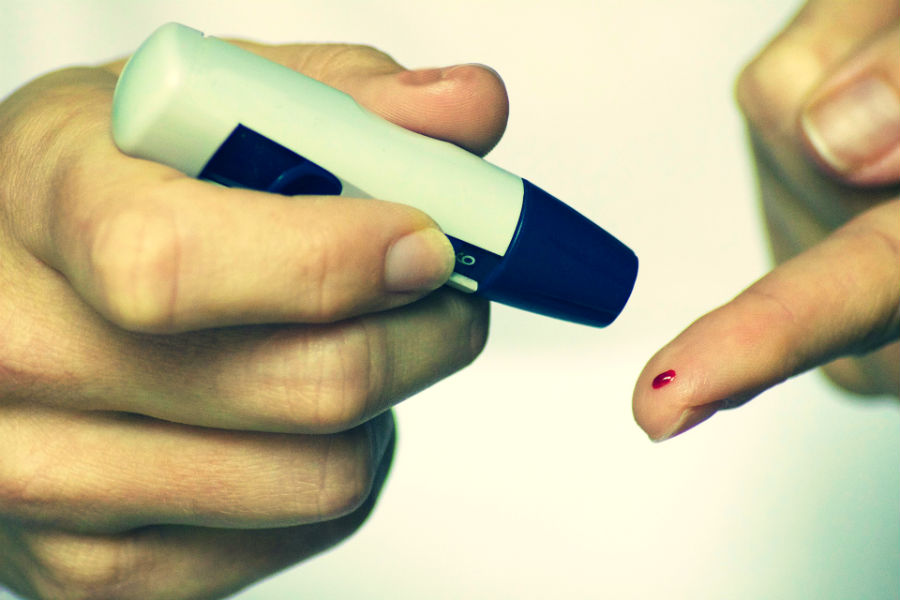
Credit: TesaPhotography
A team of scientists from Duke University made a breakthrough in ‘combination drug therapy’ for type 2 diabetes. They tethered two existing, type 2 diabetic treatments into one molecule which slowly releases in the body that works better than the two drugs.
“In the burgeoning field of multi-functioning single-molecule diabetes drug design, researchers primarily unite drugs that are similar in size, structure and function,” says Caslin Gilroy, lead author of the study.
Type 2 Diabetes
A progressive lifelong disease where the sugar level in the blood increases above the normal level. The tissues become resistant to insulin which regulates the blood sugar in our body. This affects a person’s day-to-day life with changes in diet, daily medications and checkups. If left untreated this causes serious health complications. Although drugs are available, for an advanced case the use of a single drug may not be enough. Or their efficiency can be reduced over a longer period of use and usually causes weight gain which can be a trigger for more insulin insensitivity.
In the study, the researchers used two commonly prescribed type 2 diabetic drugs. One is called GLP-1 which is a short peptide, and another large protein drug called, FGF21. They both are two very different classes of drugs.
About GLP-1 drug
It is a naturally occurring peptide that occurs in the intestines after a meal. This releases insulin from the pancreas while supporting weight loss. In some cases, GLP-1 is prescribed in higher doses for higher efficacy, which can cause the patient side effects such as gastrointestinal issues. GLP-1 is popular and is based on an array of drugs today.
FGF21, the other drug in use
It is a hormone that works on metabolism. It regulates insulin sensitivity while balancing energy production and better fat metabolism. “FGF21 functions through a different mechanism than GLP-1, and we hypothesized that the two drugs would complement each other nicely, GLP-1 increases insulin secretion by the pancreas, while FGF21 enhances the body’s response to the insulin. GLP-1 reduces food intake, while FGF21 helps burn more calories,” explains Gilroy.
This is why the researchers wanted to yield the best of both medications into one that gives the patient, a better insulin sensitivity, better insulin production in the body while maintaining good body weight, all these without any adverse effects.
Tethering both drugs into one molecule was far beneficial than administering both drugs separately. Researchers could easily trace and assess this single molecule of its action on the target tissues and its clearance from the system. And needless to say, one prescribed drug is always better and simpler than prescribing two. And it is said to be easier to get approval on a single drug than a mixture of drugs.
“Being able to combine such structurally distinct drugs into a single molecule while maintaining the bioactivity and stability of each is a big technological achievement,” says Gilroy.
Researchers were able to overcome two main issues of peptide-based drugs, which are being cleared from the system quickly and need to be injected not orally given as it can be digested too soon.
Explaining their success overcoming these issues, “Linking the drugs to an ELP allows us to design a compound that is liquid at room temperature but forms a gel-like depot upon injection, the depot dissolves over the course of at least a week, slowly and regularly releasing the drug to the system over time.” And their synergistic molecule works better than the individual drugs.
Duke University is planning on licensing the product and hopes it would be commercially available soon. And the researchers are planning to expand their synergistic therapeutic drug delivery technique into other types of diseases as well.
The study has been published in the journal, Science Advances.

